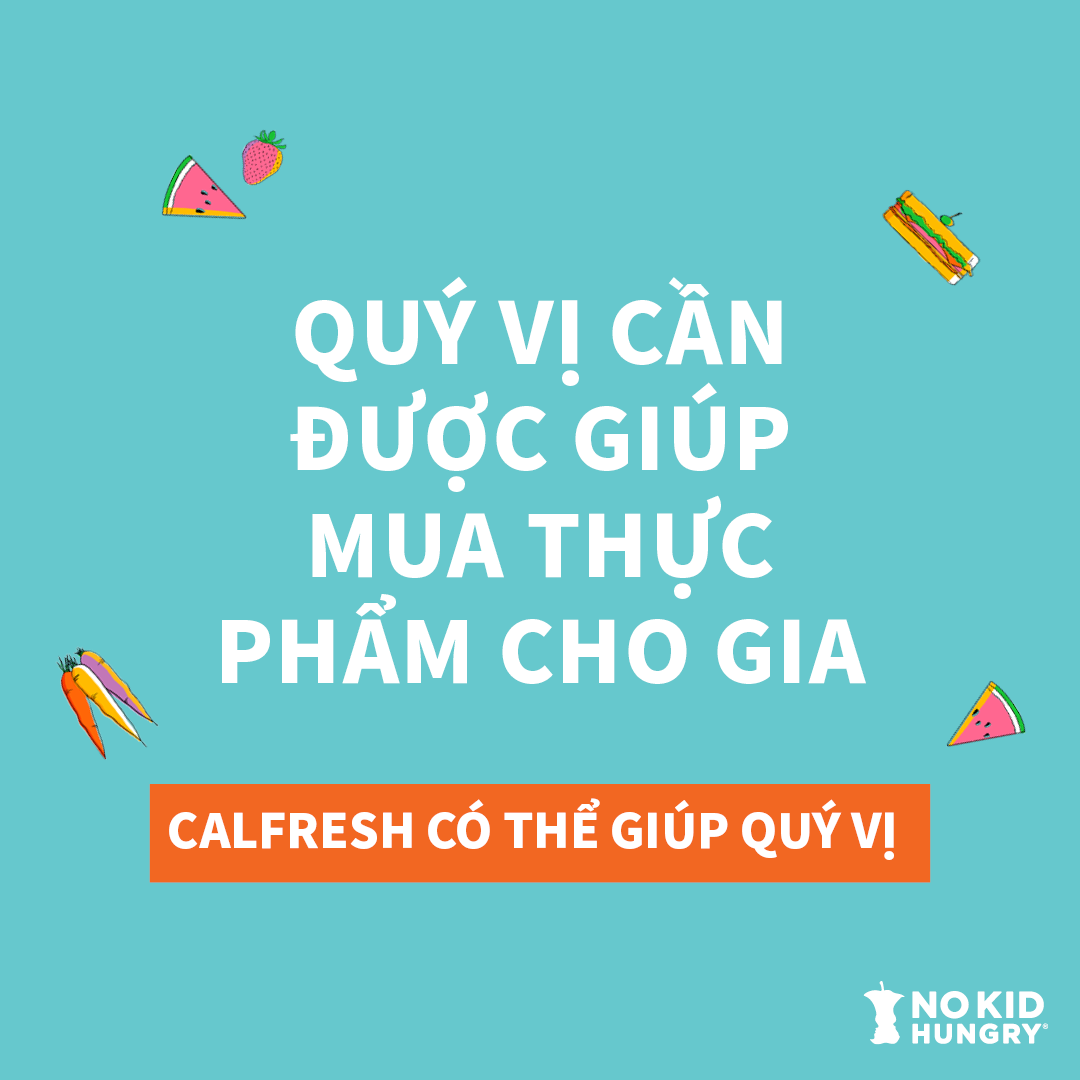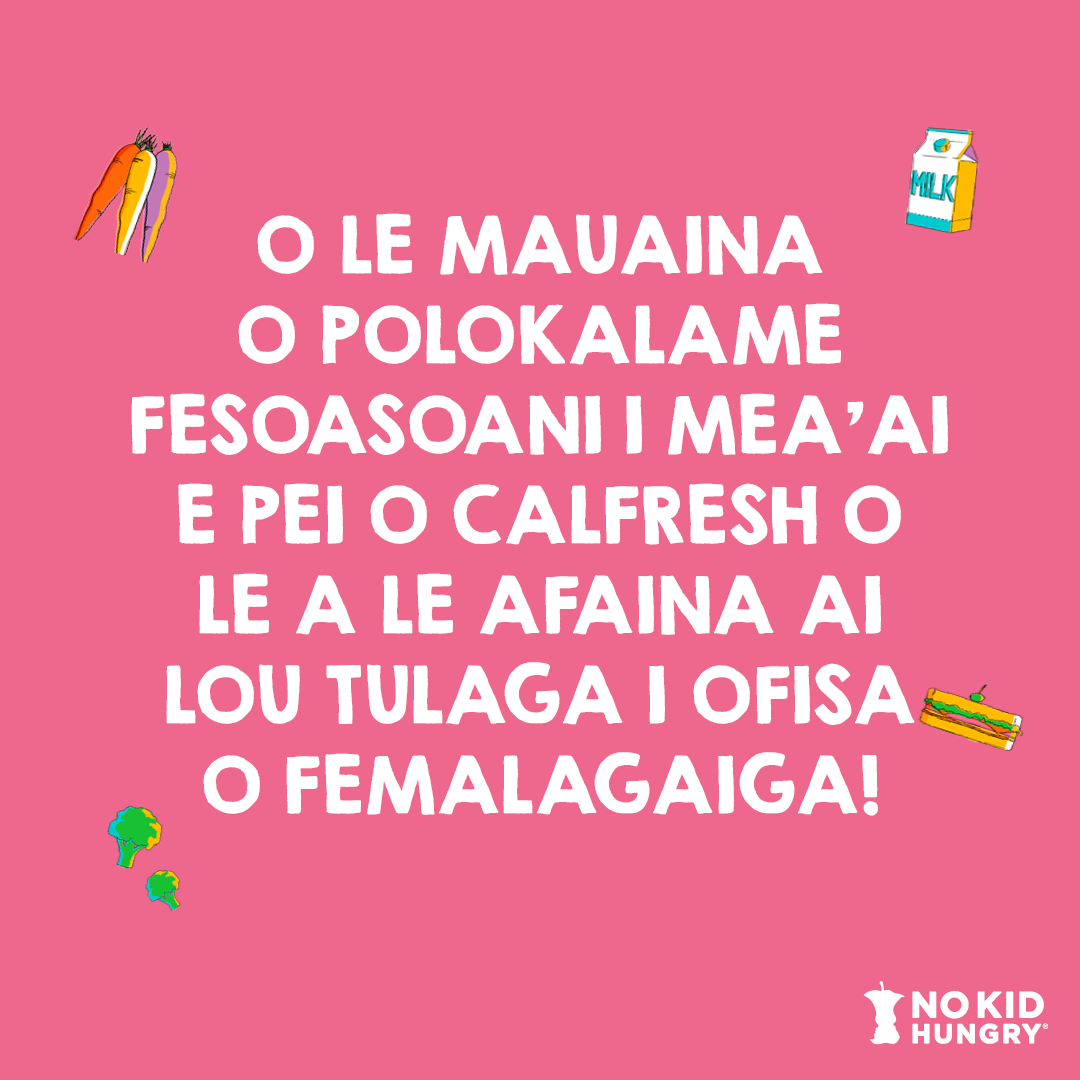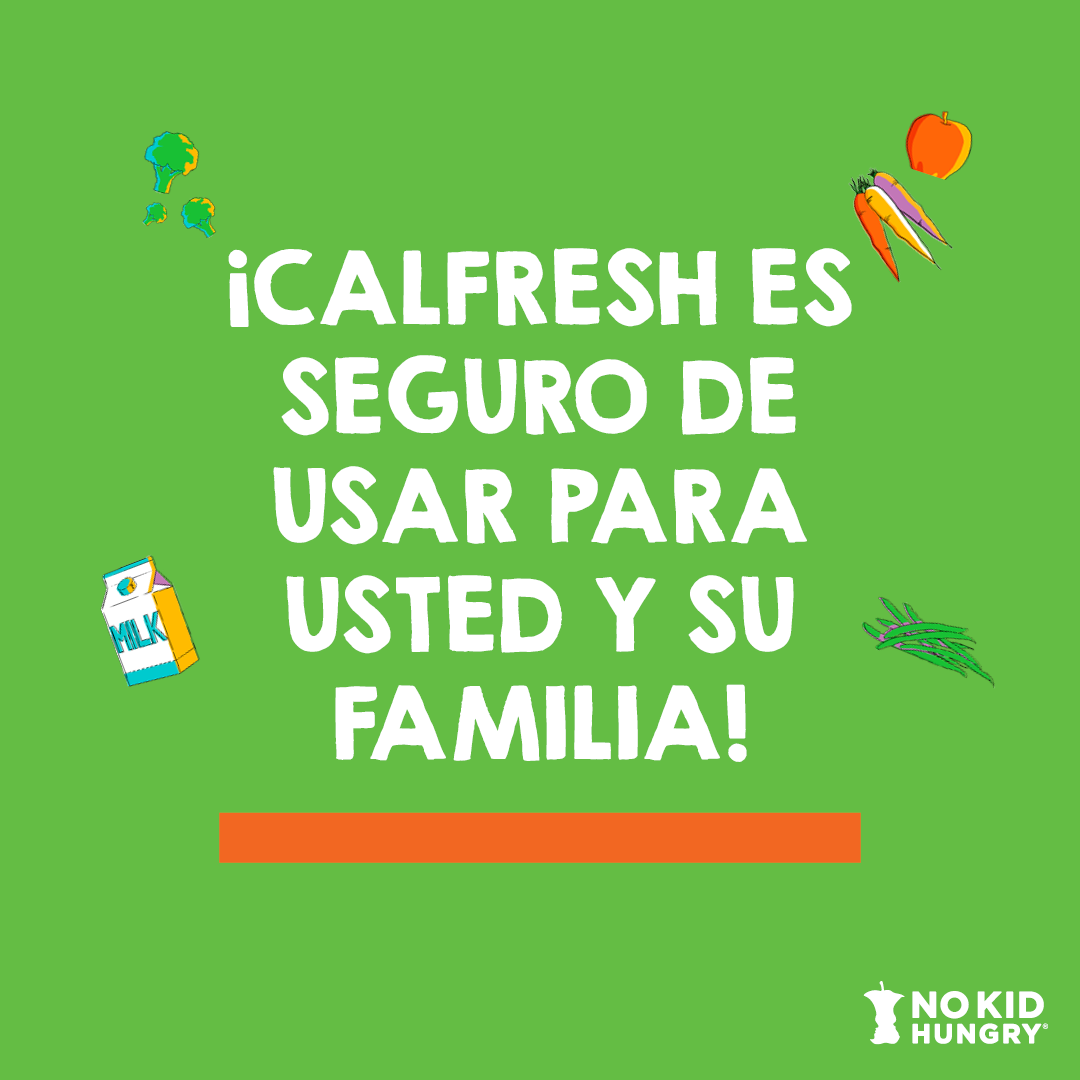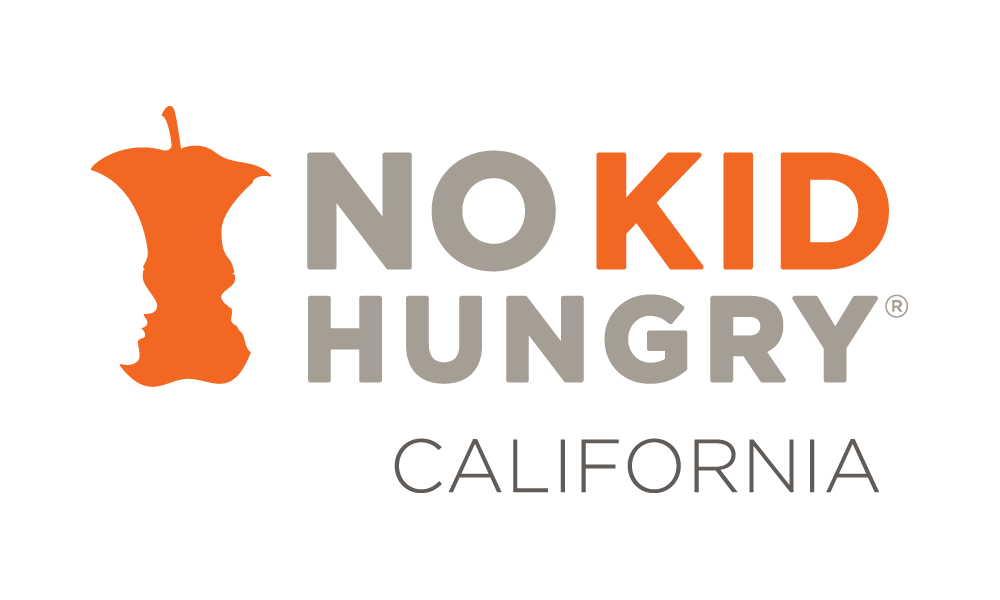
Evidence continues to show that CalFresh has been successful at reducing poverty, promoting healthy eating and living, and preventing hunger, but many individuals and families are unaware they may be eligible to receive these critical benefits. Federally known as the Supplemental Nutrition Assistance Program (SNAP), CalFresh is a critical lifeline for families that helps to improve health and well-being by improving access to nutritious foods.
The ongoing health and economic emergencies exacerbated by the Covid-19 pandemic have illustrated the important role CalFresh plays in mitigating poverty. In research conducted by the Public Policy Institute of California, prior to the pandemic, between January and March 2020, an average of 4.1 million Californians living in 2.2 million households received CalFresh benefits. By June 2020, 4.8 million Californians in 2.6 million households received CalFresh benefits. Without this program, nearly 700,000 additional Californians would be in poverty.
CalFresh helps Californians purchase food and enables families to stretch their household budgets to meet other basic needs. For many years, California has ranked at the bottom of states when it comes to enrolling eligible households. As the California State Legislature pushes for greater investments and expansion of the CalFresh program, barriers to enrollment persist. Many newly eligible families are unaware the program exists or aren’t sure how to apply or access benefits. Stigma and fear have also prevented families from participating.
In March 2021, the Biden Administration repealed the previous administration’s harmful changes to the public charge rule that restricted immigration based on the use or potential use of public benefits by lawfully present immigrants. However, research shows more than 3 in 4 immigrant families were unaware the policy had been reversed and were still wary of using critical safety net programs like school meals and CalFresh.
CalFresh is a safe resource for families, and No Kid Hungry believes addressing the negative effect of this now-reversed policy is critical to ensuring an equitable pandemic recovery.
With as many as 1 in 6 kids in California are in danger of facing hunger this year, state and federal nutrition programs like CalFresh, WIC, and school meals are among the most effective ways for families in need to feed their children. That’s why No Kid Hungry is joining schools, community organizations and government agencies during CalFresh Awareness Month and beyond to bring awareness, dispel myths and help families apply for CalFresh benefits.




More Resources & Information
- Visit the No Kid Hungry California website to download our toolkits, see previous webinars.
- CalFresh Social Marketing Toolkit: https://express.adobe.com/page/N9cl9qiFTUbSy/
- Contact your County Department of Social Services for additional resources, training and enrollment information.
- Read about public charge and how you can raise awareness on the issue.
Last Reviewed: May 31 2022



